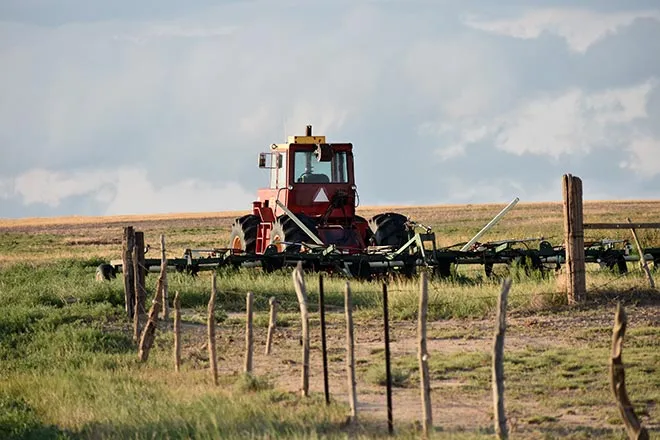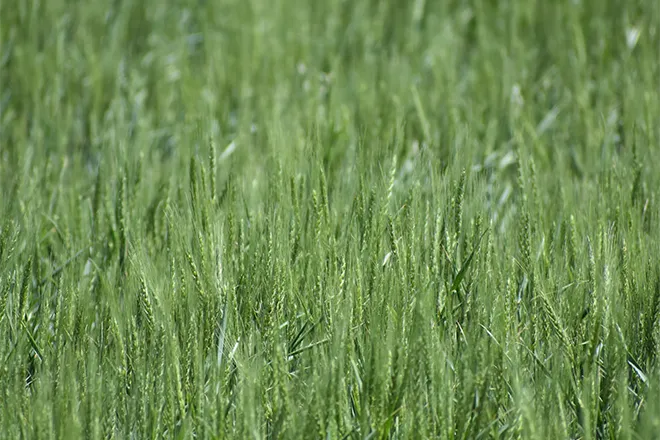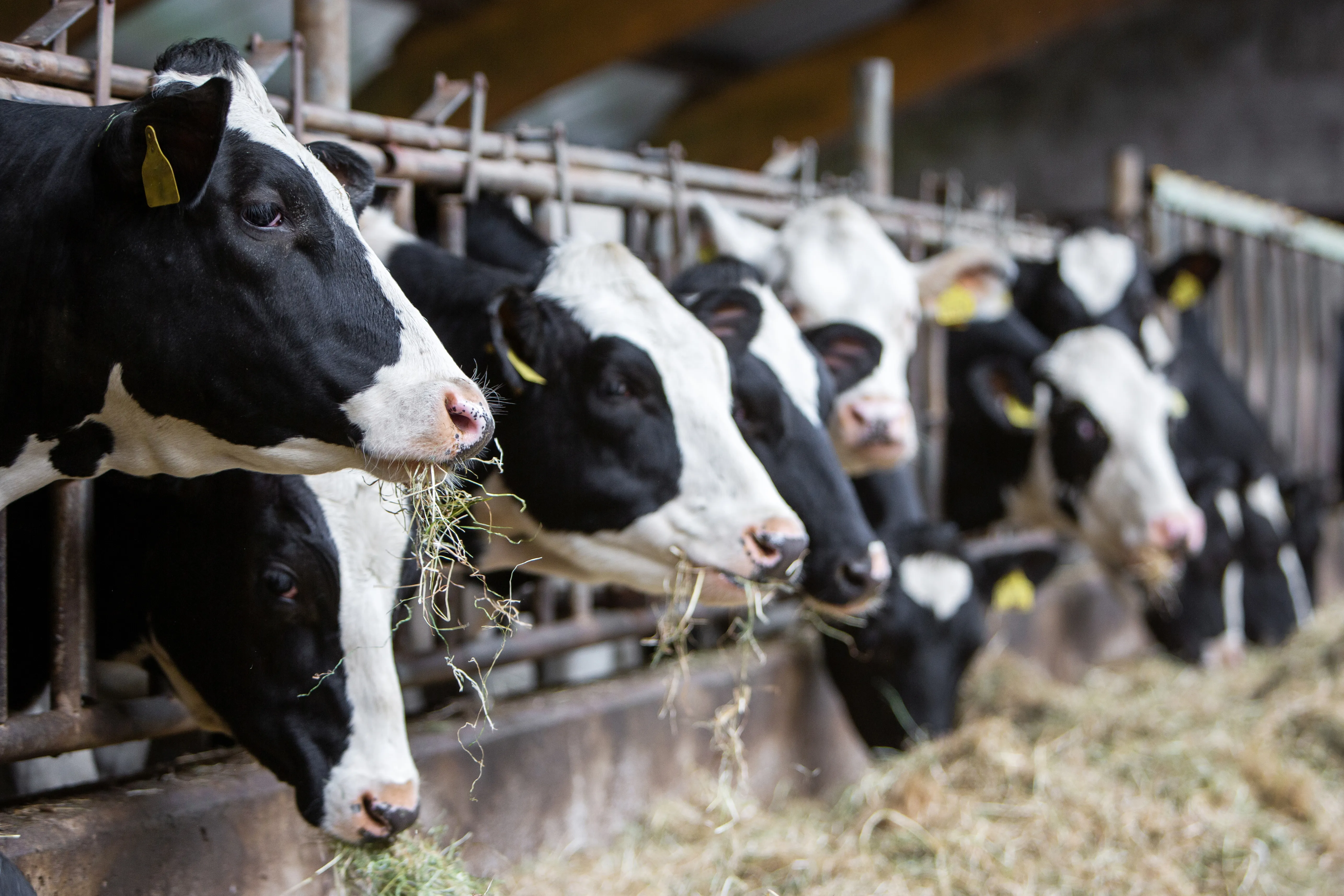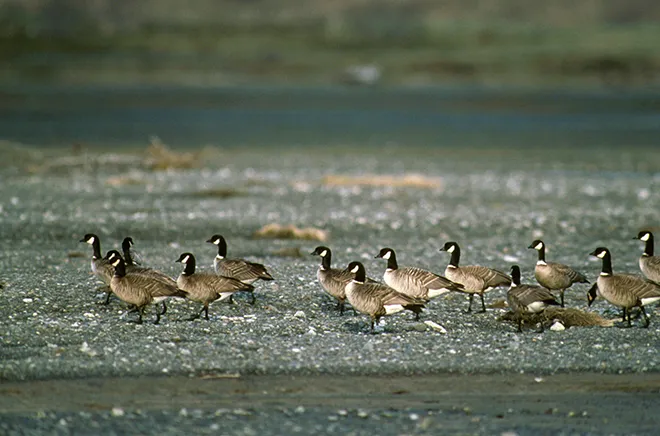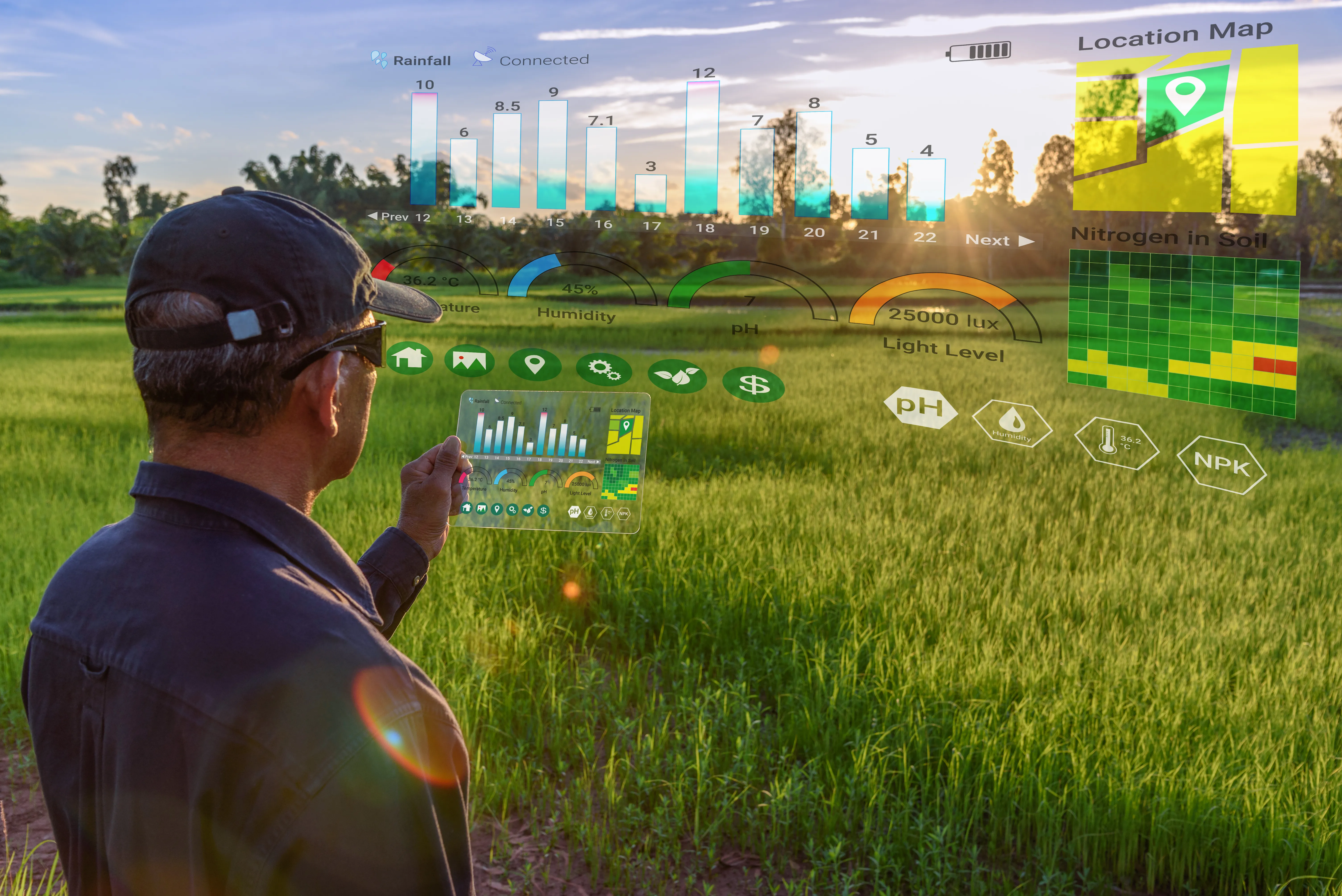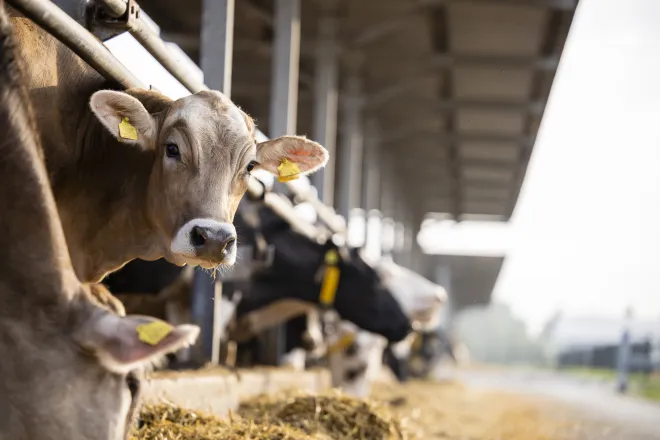
Pet, Livestock Owners Alerted to Rabid Skunks
This year, 34 rabid skunks have been confirmed in nine Colorado counties. The Colorado Department of Agriculture reminds pet and livestock owners that rabies is a deadly disease that can spread from skunks to other mammals and vaccination is the single best method to protect pets and livestock.
“The Department of Agriculture would like to stress two very important points,” said State Veterinarian, Dr. Keith Roehr. “One—livestock owners need to be aware that rabies can transfer from one species to another so they should monitor their property for skunks; and two—local veterinarians are a valuable resource to help owners decide the best course of action to protect their animals from rabies.”
Rabies or suspicion of rabies is a reportable disease in Colorado. Even if rabies has not been diagnosed, practicing veterinarians need to call the State Veterinarian’s Office to report suggestive clinical signs of rabies.
In southeast Colorado, Cheyenne and Las Animas counties both reported a rabid skunk, while El Paso county has reported two and Elbert county reported four. Baca county has reported a rabid coyote, and Elbert county reported a rabid fox.
For northeast Colorado, Arapahoe county has had four rabid skunks, and Morgan county reports three. Yuma and Weld counties have both reported a dog with rabies.
Rabies is a viral disease in mammals that infects the brain and nearly all cases result in death. The clinical appearance of rabies typically falls into two category types: ”aggressive” and “dumb.” Aggressive rabies symptoms include combativeness and unusual aggressive behavior such as biting. There is also a “dumb” form of the disease in which the animal is lethargic, weak in one or more limbs, and unable to raise its head or make sounds because its throat and neck muscles are paralyzed.
Rabies is spread primarily through the bite of rabid animals, resulting in the spread of the disease through their infected saliva. Once symptoms of rabies infection appear, no cure exists and it is virtually always fatal. People that have been exposed to rabies can receive appropriate treatment to prevent illness. For pets and livestock, routine rabies vaccination of animals offers protection. Animal vaccination regimens vary so livestock and pet owners are urged to discuss rabies vaccination with their local veterinarian. Pet vaccination is also required in many jurisdictions.
“Animal owners concerned about rabies exposure need to primarily look for any dramatic behavioral changes. That is typically one of the hallmark signs that the animal may be suffering from rabies,” said Dr. Roehr. “Additionally, while house pets are often vaccinated, barn cats or outdoor pets are often forgotten. All animals should be considered in the vaccination plan you discuss with your veterinarian.”
In addition to ensuring that pets and livestock are vaccinated properly against rabies, here are additional prevention steps:
- Be aware of skunks out during the day. This is abnormal behavior and these animals should be avoided.
- Be aware of areas that can be suitable habitat for skunks such as under buildings or piles of wood and under stored equipment.
- Don’t feed wild animals or allow your pets around them. Be sure to teach children to stay away from wild animals. Avoid leaving pet food outside as that may attract a wild animal.
- Contact your veterinarian right away if any of your animals are bitten or scratched by any wild animal, particularly skunks, bats, foxes or raccoons.
- If your animals exhibit any dramatic behavioral changes, contact your veterinarian as soon as possible. Isolate and avoid contact with these animals if possible.
- Rabies vaccination should be considered for horses and other equines, breeding livestock, cattle or other livestock that are housed where skunks may live.
- If you must remove a dead skunk on your property, wear rubber gloves or lift the carcass with a shovel or other tool, and double-bag it for the trash. Do not directly touch the skunk with bare hands.

